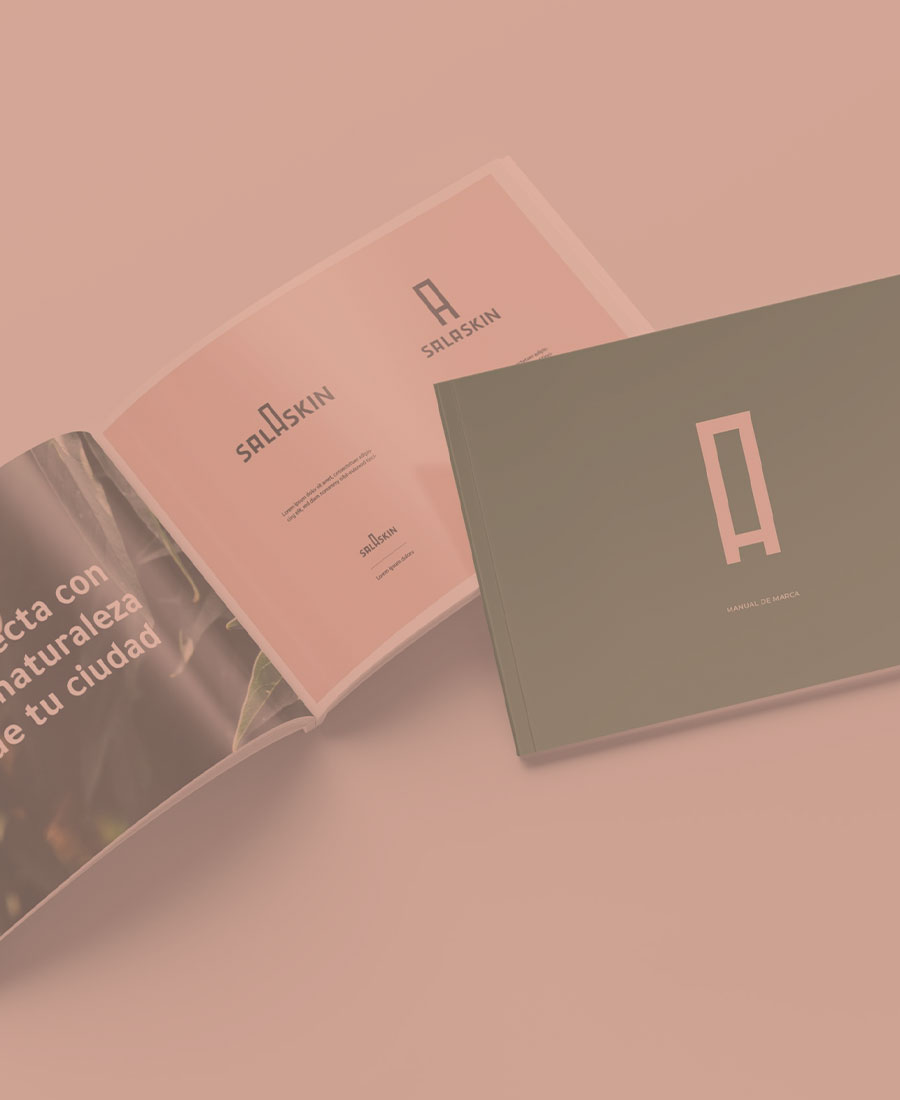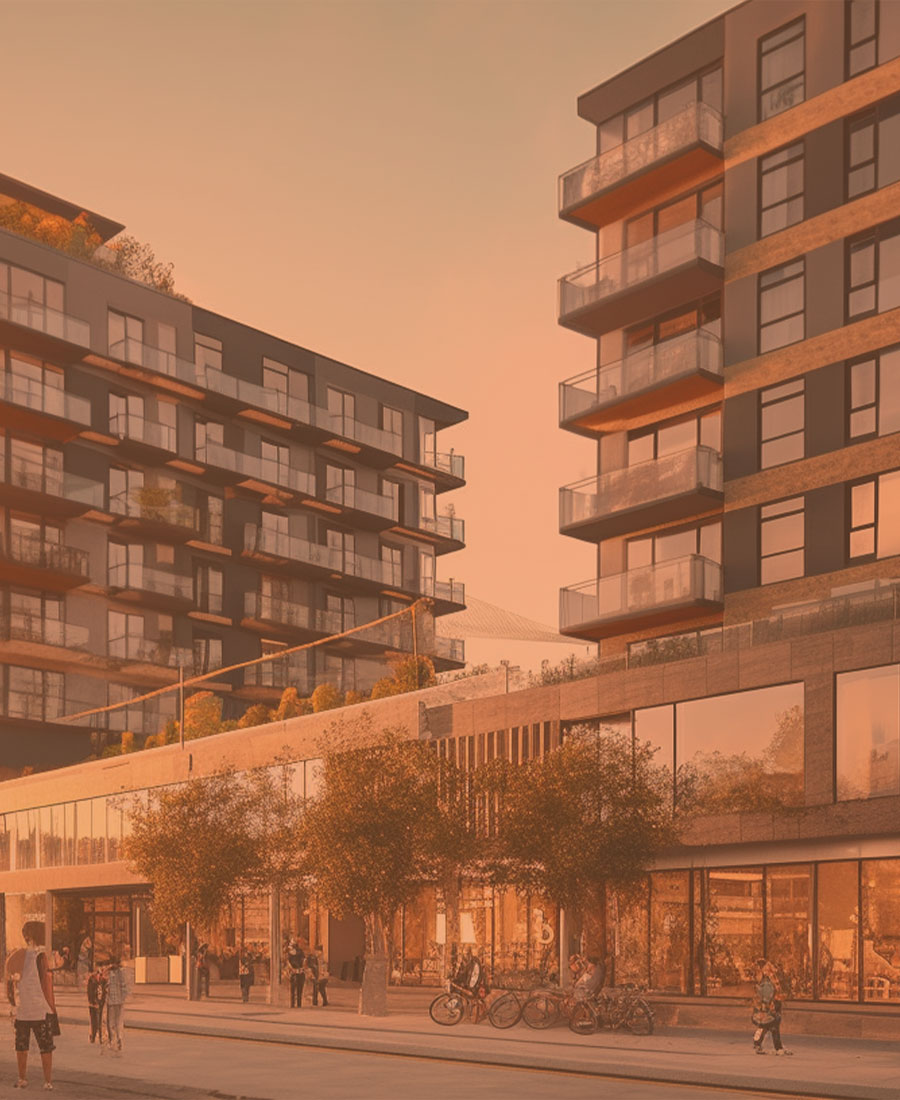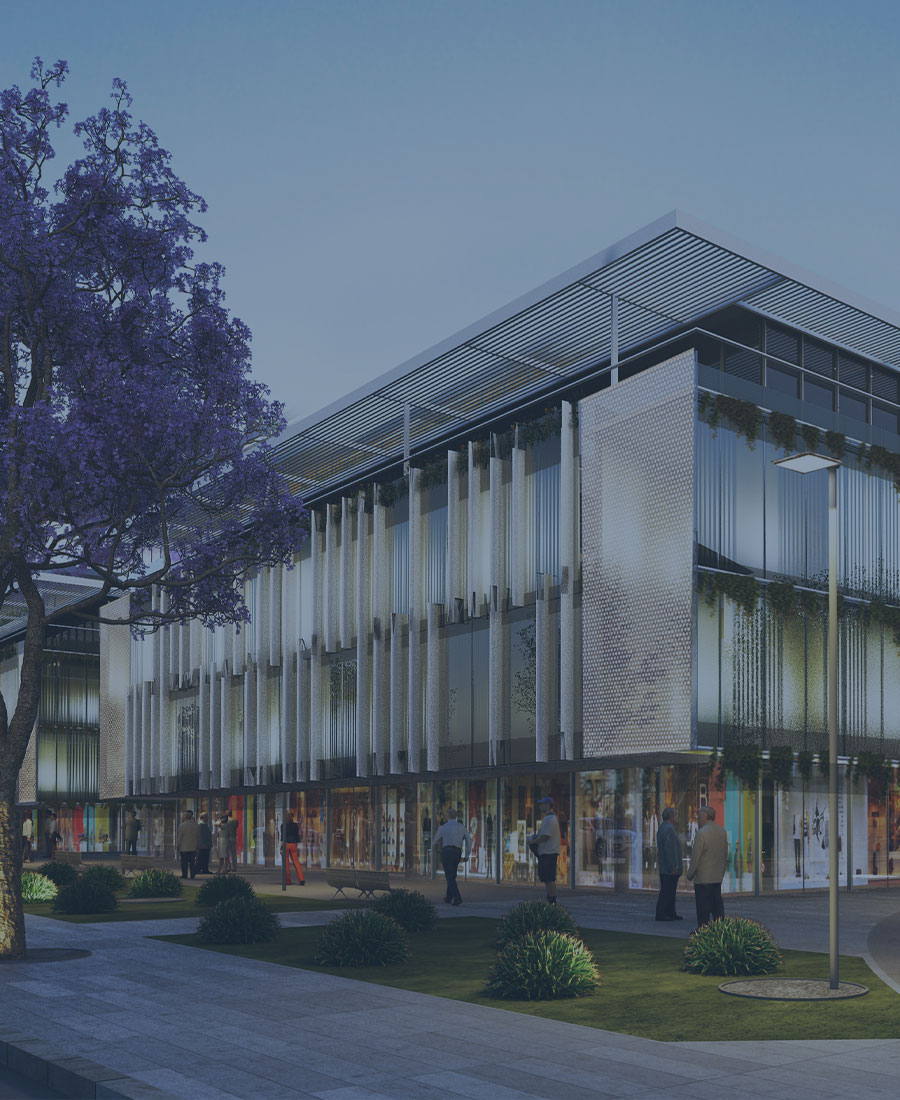April 22nd: International Earth Day
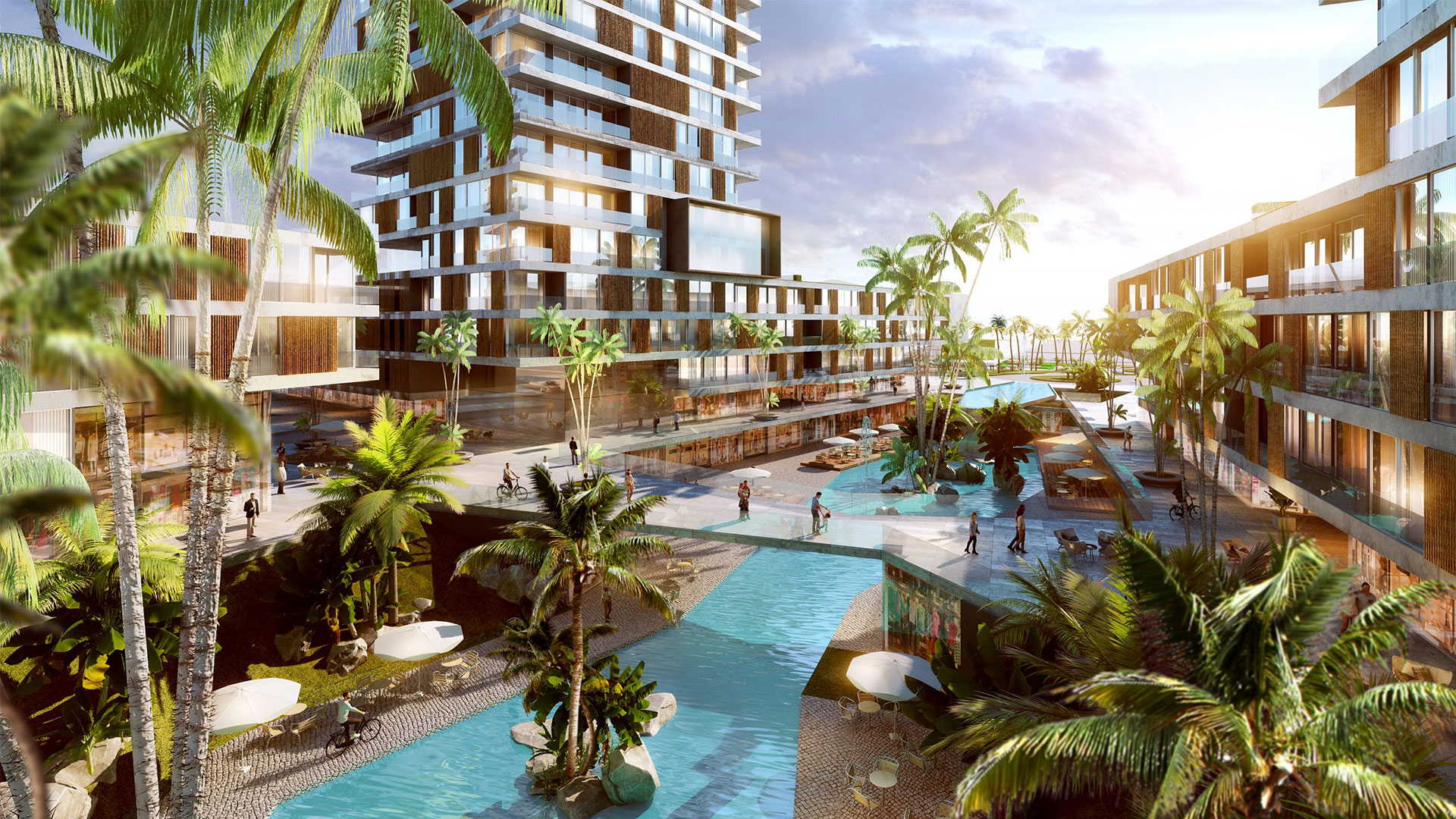
Reading time: 12 minutes
Architecture can be understood as a cultural activity that adapts and conditions the territory for human development at all scales. Since humanity transitioned from its nomadic lifestyle, architecture in its most basic form emerged.
From that moment, a new chapter in the planet's history began, impacting the ecosystems that comprise it and defining a present where the future we wish to build lies.
In the context of International Earth Day, we at Gómez Platero Arquitectura & Urbanismo reflect on our purpose: "Making Earth the best place to live." We contemplate what this entails, what it means, and how we seek to embody it in each project we undertake.
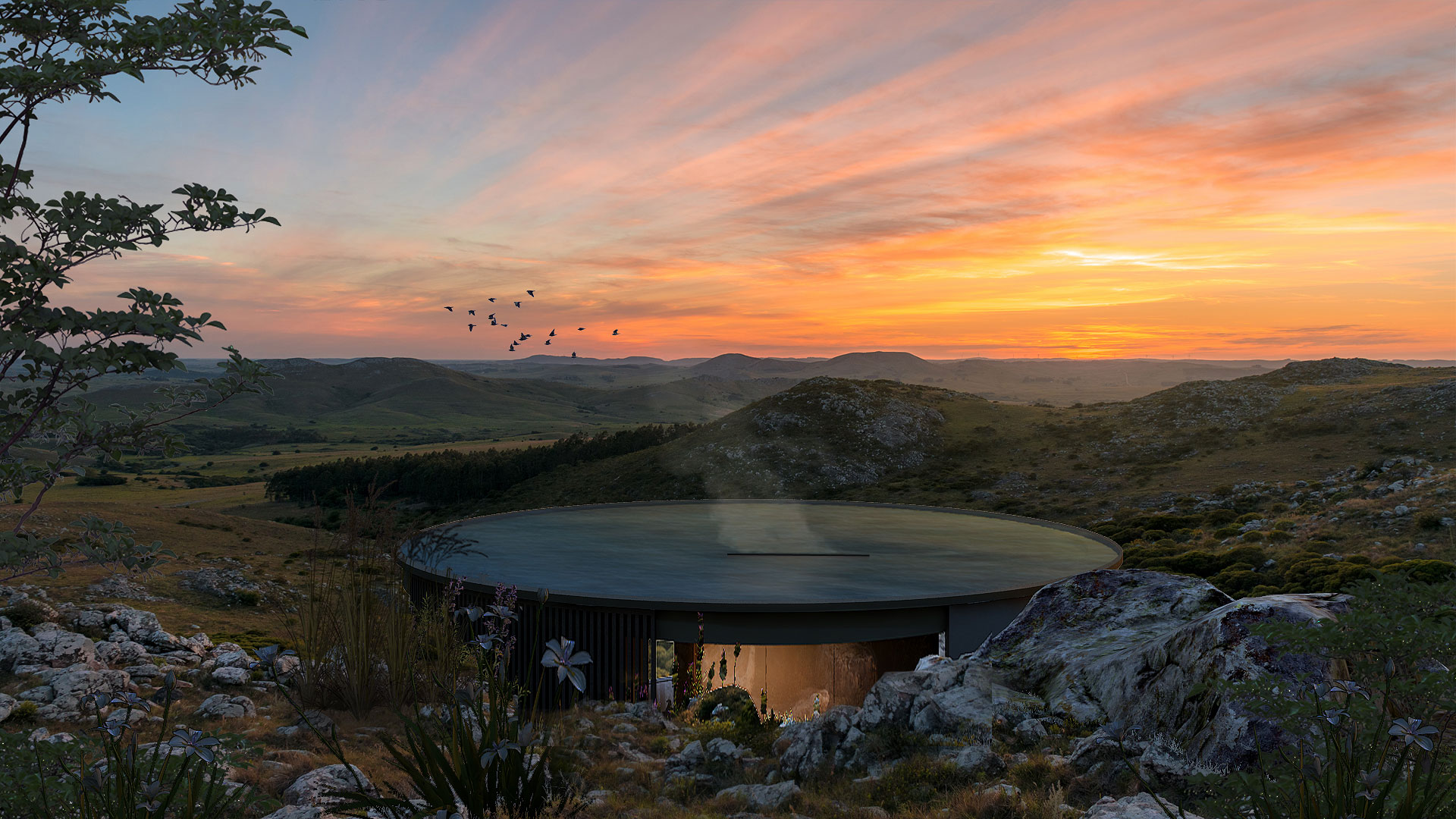
What does "Making Earth the best place to live" mean?
Our purpose arises from a need to conceptualize the intention and collective efforts that shape each project, aiming to address a greater responsibility that falls on the discipline. This goes beyond designing spaces and seeks to create positive, memorable, and enduring experiences that support communities.
We have defined "Making Earth the best place to live" through three fundamental principles: sustainability, adaptability, and community.
Sustainability: Ecological, Healthy, and Efficient Projects
Every project we conceive is driven by sustainability, safeguarding the environmental impact it may have on the territory and ensuring efficient development in relation to the natural resources it utilizes.
This approach stems from a deep understanding of the impact that construction and urban design have on the environment. Hence, the use of local materials, recycling, material reuse, and the implementation of renewable energy systems are some of the practices we strive to incorporate into every project.
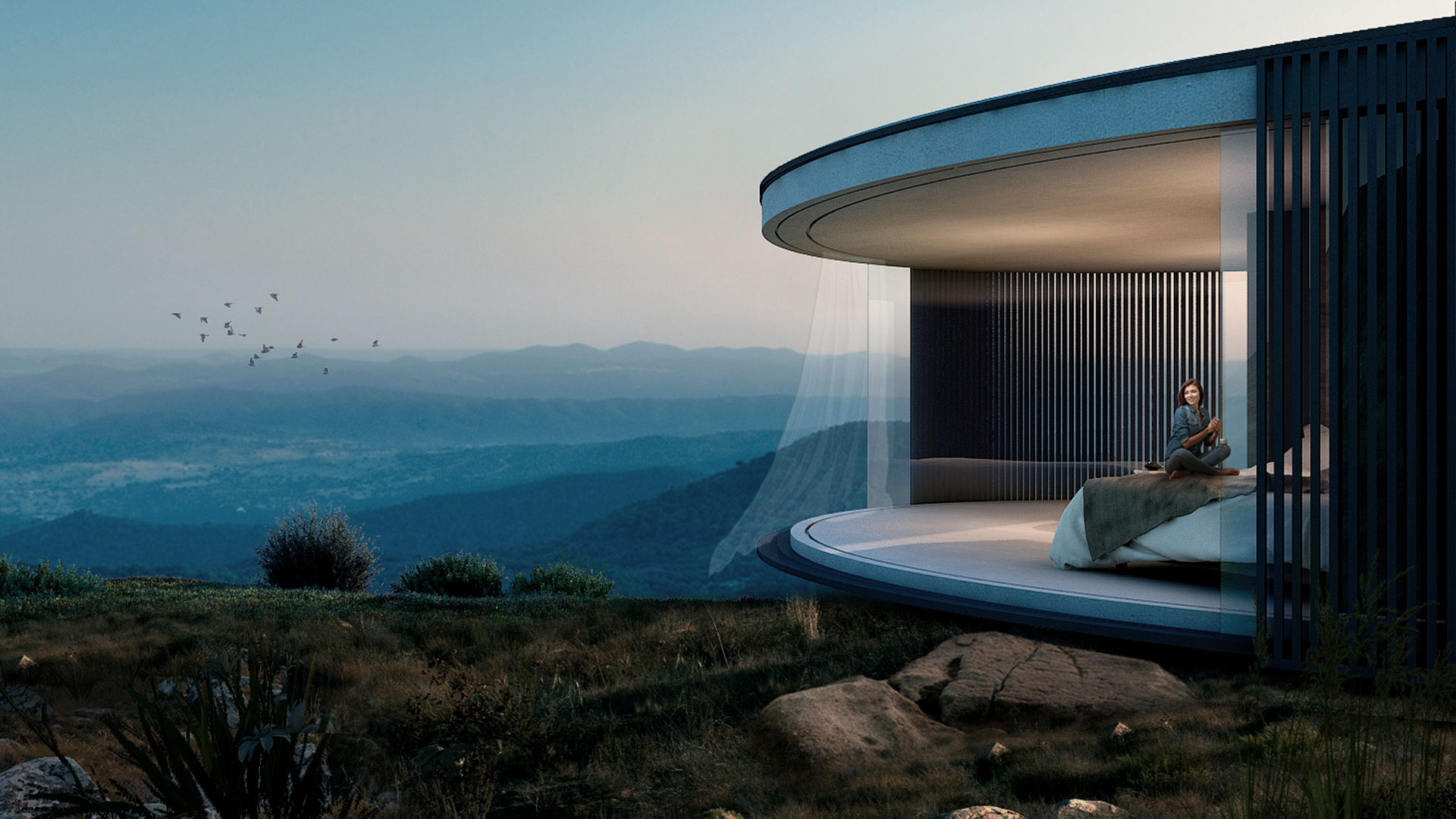
We also hold certifications and eco-efficiency guarantees that allow us to take action and measure the daily impact of the completed project, such as the LEED certification. Although the decision to apply these standards falls on the developers, we always advocate for their inclusion in the construction and subsequent operation of the project.
The Leadership in Energy & Environmental Design (LEED) certification is the world's most comprehensive sustainable building rating system. It consists of a set of requirements and standards applied to homes, new or rehabilitated buildings, or even entire neighborhoods. It measures levels of energy efficiency, sustainability, and materials used to ensure the development of ecological, healthy, and efficient buildings.
Adaptability: Reuse, Recondition, and Reactivate
In every city, there are countless unused buildings that are part of the urban heritage and should be reconditioned to meet the current needs of each territory.
Leveraging and enhancing the value already present in an existing building is one of our fundamental principles. This is especially true in the Latin American context, where the built environment forms a collective, historical, and diverse urban identity that must remain relevant by offering new uses, interpretations, and readjustments.
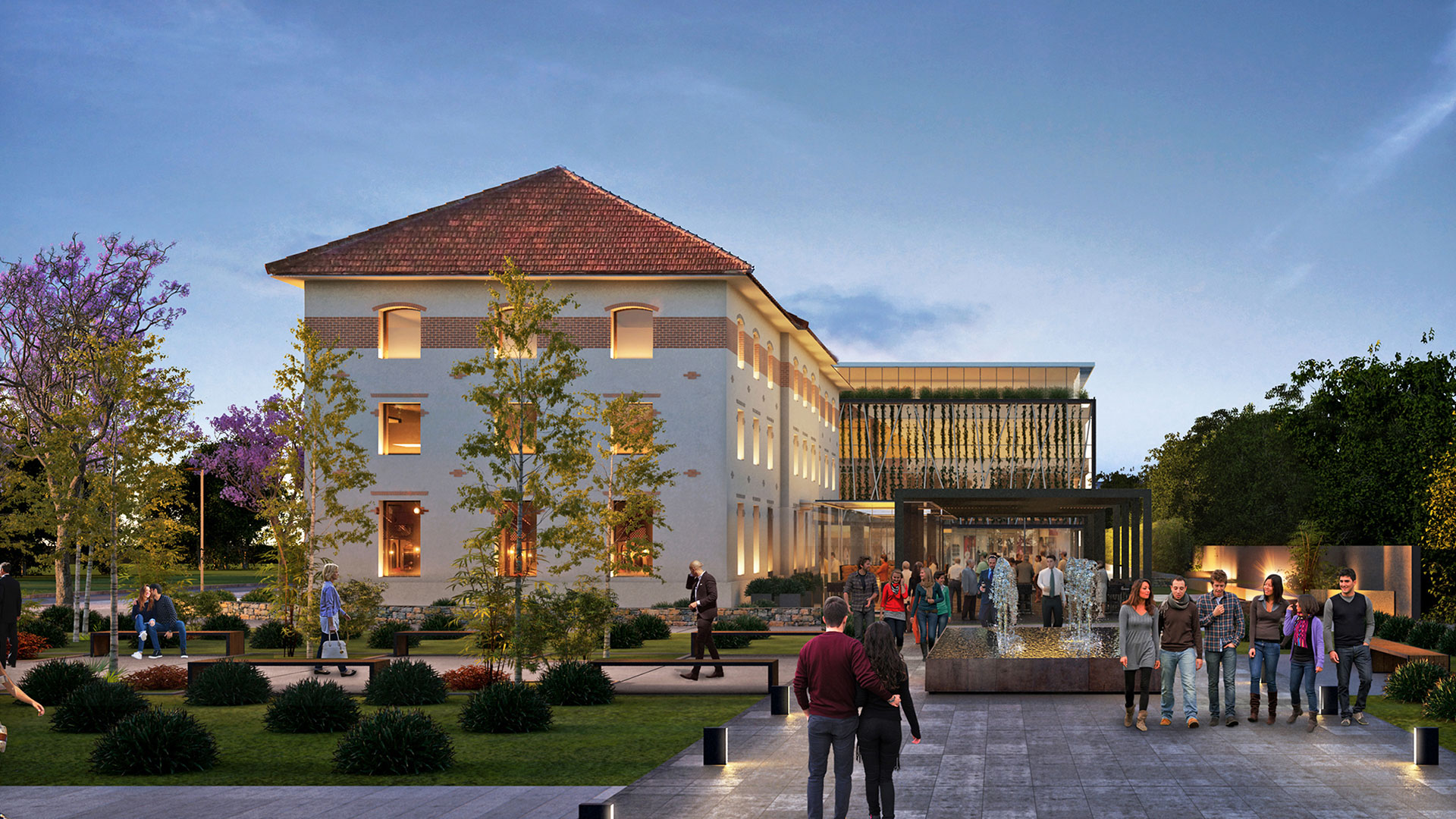
Examples of this principle in action include Bilú Riviera and Carrasco Valley, both mixed-use projects that originate from a heritage building in Montevideo. The historical value and preservation of these buildings over time were premises for their redesign.
Each of these projects enhances the value of existing buildings, reinforcing heritage with new uses that preserve their identity.
We recently participated in Disruption Days, an international meeting and innovation lab for Real Estate products, organized by 4SRealEstate. This conceptual exercise focused on adaptive reuse. In this instance, we explored various strategies for converting uses, applied to one of the heritage hotels in downtown Montevideo.
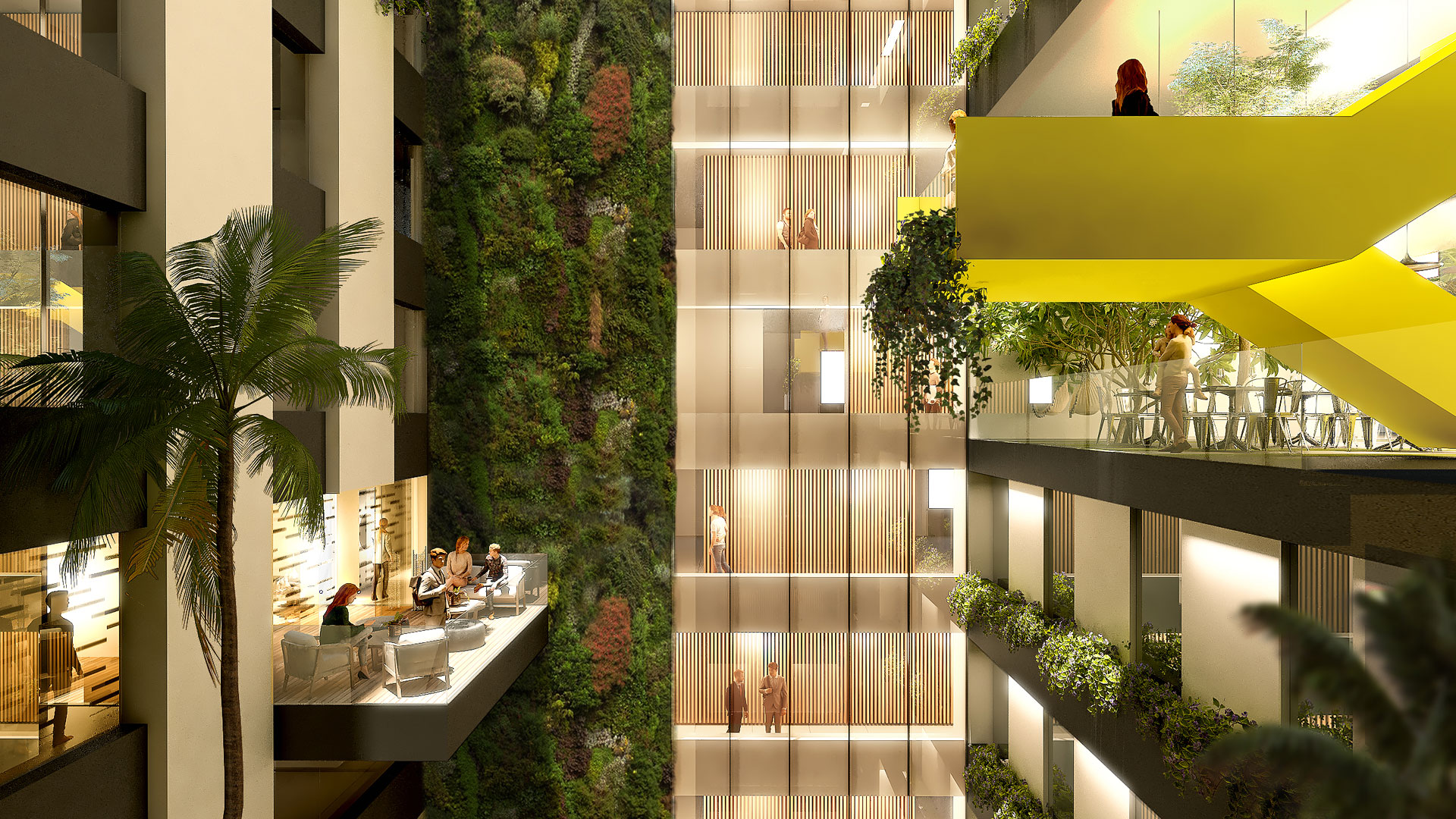
Community: People-Centered Design
The third principle underpinning our purpose is linked to the very nature of being human, where well-being is directly connected to the value of social relationships and community.
From this perspective, the role of architecture and urban space design is to promote social integration, a sense of belonging, and inclusion from all viewpoints. This is achieved by creating public and connecting areas that prioritize pedestrians and offer generous recreational spaces marked by contact with nature and the strengthening of community bonds.
This principle can be applied at various scales, from a residential masterplan like Huertas de los Horneros, where public spaces promote environmental respect and contact with nature, to a new urbanization like Montemagna, where the landscape and geography merge through a mix of programs to sustain active and healthy communities.
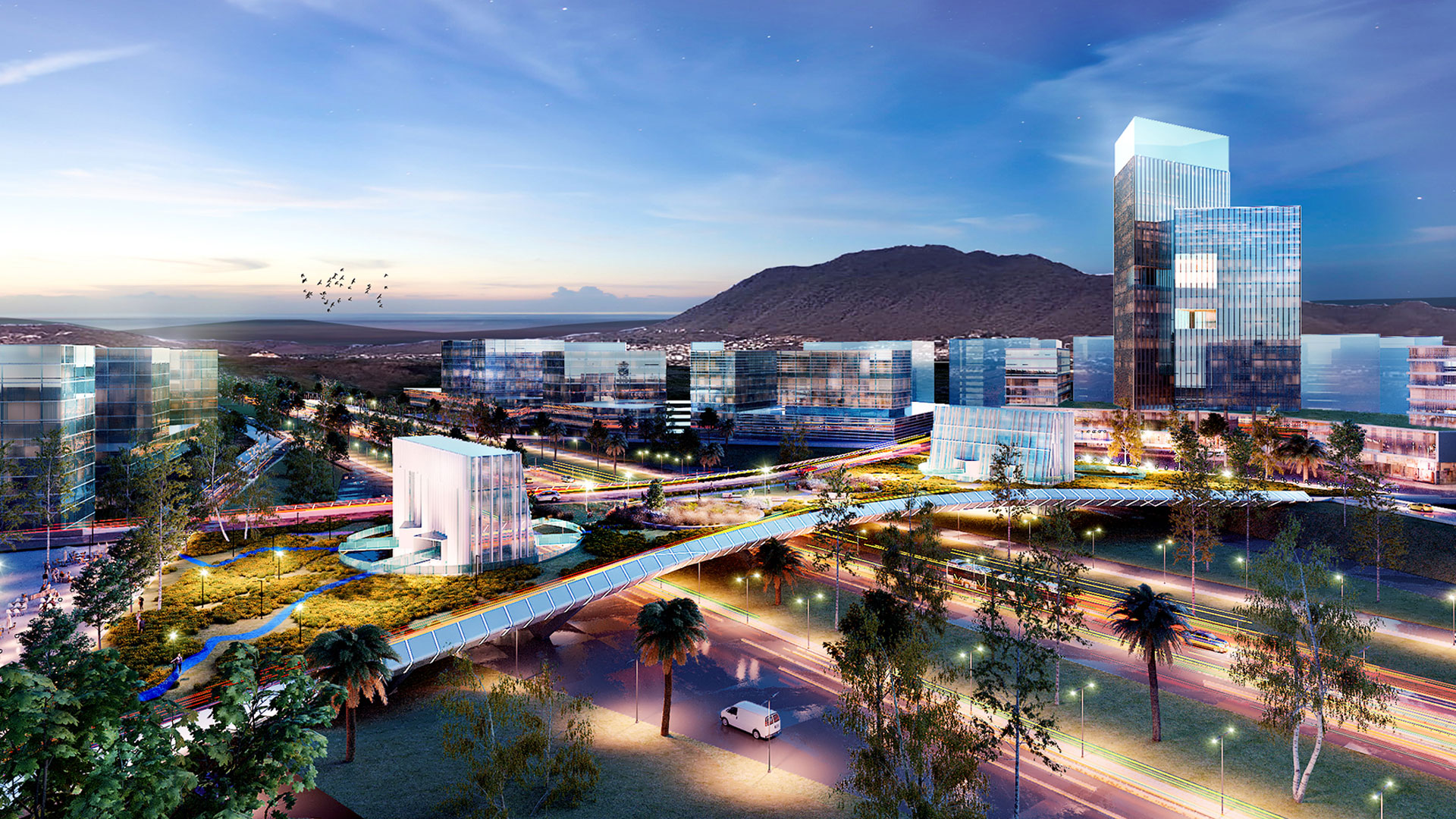
Building the Sustainable Future Today
With the advancement of new technologies in design and construction, the digitalization of processes that facilitate decision-making, and the proliferation of artificial intelligence in project conceptualization, the future of architecture as a discipline is evolving rapidly.
The current context prompts us to reconsider the role we assume as promoters of new and better ways of inhabiting the planet. What today may be an ecological and sustainable differential for a new project or programmatic conversion will become a fundamental requirement for its development tomorrow.
Therefore, we must look beyond, to conceive sustainable, dynamic, and healthy projects that offer, today, the ideal space to face the challenges of tomorrow.
